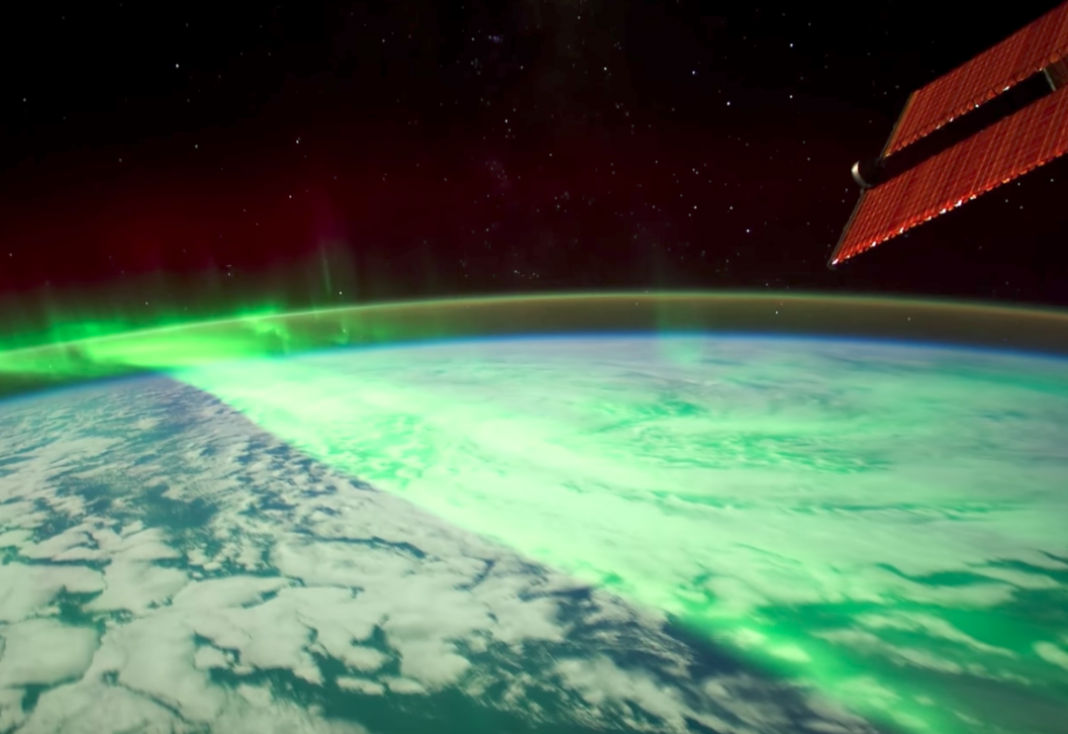If any company wants to spark casual interest in commercial space tourism, then NASA’s latest video of Aurora Australis as viewed from space is just the ticket. Not long ago, a scientist on the International Space Station (ISS) caught the phenomenon on the other side of Earth’s atmosphere and the video is simply stunning.
Although most are more familiar with the Northern Lights or Aurora Borealis, the spectacular event captured on June 25th by the crew of Expedition 52 was the lesser-known, but just as beautiful, Aurora Australis or Southern Lights. As the International Space Station orbited about 300 miles from Earth and traveling nearly 18,000 mph, they filmed one of the greatest light shows on the planet from space.
While not the first time an aurora has been pictured from space, this new time-lapse video has been taking viewers’ breath away.
While not as visually spectacular the science behind auroras themselves is very interesting. Auroras occur when electrons and protons in solar winds interact with Earth’s magnetosphere and get redirected into the atmosphere. Here they excite oxygen and nitrogen molecules which release a burst of photons as they calm back down. It’s the small bursts of lights as the photons are released that we see as the Northern or Southern Lights.
The different colors in auroras occur because of differences between oxygen and nitrogen molecules and the various levels of excitement that occur. The curtain-like shape that can sometimes occur is due to the shape of the Earth’s magnetic field.
More News to Read











